We built this Team Durango DEX408 a few months back. It was a great build, and we couldn’t wait to get it on the track. And that, as they say, is where the story begins….
We had some electronics issues out of the gate that delayed us getting this car on the track. On initial test runs up and down the street, there was a severe stuttering at anything above half throttle. There is more detail about this in the Viper RC VTX8 review post, but the short version leads to us installing a new motor.
This is the second motor that was installed in the buggy. It is a Reedy 2100kv motor.
I kept the same gearing, and made some test passes in the street. I didn’t have the stuttering as I did with the Tenshock. The car was quite fast with this motor on 4S (two 2S in series). So I was off to B & B Hobbies in Hudson, Florida, a few charged packs in hand, to get some laps on the dirt! The DEX408 is setup for dual Lipos. If your ESC can run 6S, the straps will definitely accommodate 3S packs (1per side). I’m using 2 SMC Factory Spec 2S 6500 mah 60C Lipos in the DEX408. The price is hard to beat on these. There is a lot of buzz around SMC Lipos, so I had to try some for myself.
I got to the track, and put in the first two packs. I powered the buggy up, and connected the Viper Pro Gauge to make sure all of the settings were correct. Viper ESCs, using the ProGauge (or the newer EZ Link), are definitely on the top of the list of the ESCs that are easiest to adjust trackside.
I took the first few laps slow. The surface at B & B is sort of a blue groove clay. A few laps in, I began opening it up a little more. I had it at about 3/4 throttle down the back straight, and I was taking the triple in front of the driver’s stand.
At this point, I was running the stock setup as the manual has you build it. With this setup on this track, this car was very nimble. I was able to whip it around the corners with ease, and it held the line. With as much steering as the car had, I expected the rear end to be loose. But to my surprise, it wasn’t. The rear felt planted, and I was able to get on the power quickly when exiting turns.
There was another driver there practicing with a nitro buggy. I paced him around the track, without passing him. I wanted to stay behind him and compare straight line speeds, speed through the corners, and overall laptimes given the lack of active timing on this practice day. Not only was I able to hold better lines, but I could have passed him on several occasions. This buggy almost felt like a 10th scale, it was that easy to control.
I got about 12 minutes in on that first set of packs. I knew I was getting close to LVC, so I pulled the car off the track. I temped the motor, ESC, and batteries. The motor was around 130 degrees, the ESC was under 100, and the batteries were right around 90 degrees. The battery wires were warm, but not too hot. The motor wires similarly were warm, but not overly hot.
I threw in a a second pair of batteries for another test run. These weren’t SMC’s, but were about the same specs. This time, I wanted to really push the buggy to see what it could do. Full throttle blasts down the back straight, pushing the buggy as hard as I could. The 2100kv Reedy motor was really humming.
About 5 minutes into this second set of batteries, something went wrong. I was entering the infield section of the track, when I heard a stuttering noise come from the buggy, and it came to a sudden stop. I pulled the car off the track, and took it back to the pits. I found the B motor wire had come unsoldered, and was sitting on top of the A motor wire…uh oh. I touched the wires, they were smoking hot. I temped them at over 200 degrees. The motor was at 175, and the ESC was at 150. Clearly something was very wrong. The rest of that story is in the VTX8 review.
Fast forward to the Intergalactic Electric Championships. I made the trek back to CRC Raceway in Rome NY all the way from sunny Florida for the first RC Soup reunion since I moved in late December 2012.
Once the batteries were charged, I powered up the DEX408 and hit the track for some test laps. The first laps i took it easy, checking temps very frequently. Everything stayed cool, even the wires. The Proline Blockades worked well on CRC’s large track, as long as I stayed in the groove. If I got outside the line, there was too much loam for the pins on the tire to penetrate.
At this point I wasn’t afraid to really push the buggy, trying to find the best lines I could on the track. I had forgotten how fast the guys at CRC are…it was good to be home again.
I’d like to take this time to thank our friend Thomas Fiske for letting us use his great photos from the Intergalactic weekend!
During all of the testing I’ve done with this car, I’ve had my share of crashes. Despite some pretty severe wrecks, I’m happy to say the DEX408 help up to every bit of the abuse I put it through. Not a single thing has broken on this buggy since it was built.
This one was a near miss as I was able to squeak past another Team Durango DEX408 crashing.
Overall, I was impressed with how balanced the DEX408 felt in the air. There was no tendency to nose over as I’ve seen in other 1/8 buggies.
So how did the Team Durango DEX408 fare in the review? Let’s see some number!
Now for the scores.
| Value |  At $550 (at the time of this review) this is one of the more expensive 1/8 E Buggies out there. For your money, you definitely get all of the bells and whistles though. There is nothing you need to upgrade on this car to make it a contender. At $550 (at the time of this review) this is one of the more expensive 1/8 E Buggies out there. For your money, you definitely get all of the bells and whistles though. There is nothing you need to upgrade on this car to make it a contender. |
| Build Quality |  This kit was superb. There were no missing parts. The instruction manual was easy to follow, and there were no major issues to report in it. The only reason this isn’t a 10/10 is the steering. There is a slight bit of wobble in the steering rack. Its something that could probably be dialed out with some tighter tolerance plastics, or an aluminum rack. This kit was superb. There were no missing parts. The instruction manual was easy to follow, and there were no major issues to report in it. The only reason this isn’t a 10/10 is the steering. There is a slight bit of wobble in the steering rack. Its something that could probably be dialed out with some tighter tolerance plastics, or an aluminum rack. |
| Performance |  I was able to use the stock setup the manual calls for with great success. It is a very balanced feel, with plenty of steering both off power and on. It soaks up rough terrain very well, and is equally at home on a smooth track. All around a great handling buggy. I was able to use the stock setup the manual calls for with great success. It is a very balanced feel, with plenty of steering both off power and on. It soaks up rough terrain very well, and is equally at home on a smooth track. All around a great handling buggy. |
| Durability |  On the buggy itself, there has been 0 breakage. I’ve put it into walls, into pipes, it has cartwheeled on landings. This thing is bulletproof. I’ve had electronics issues which don’t count in this review. I’ve also had issues keeping the tires glued on the wheels. I added some heatshrink on the CVDs (checkout the original build for details) which contributes to this score. On the buggy itself, there has been 0 breakage. I’ve put it into walls, into pipes, it has cartwheeled on landings. This thing is bulletproof. I’ve had electronics issues which don’t count in this review. I’ve also had issues keeping the tires glued on the wheels. I added some heatshrink on the CVDs (checkout the original build for details) which contributes to this score. |
| Would I buy again? | Absolutely! This was a fun buggy to build, and an even more fun buggy to race! I plan to continue racing it for the coming months as we are getting back into outdoor season here in Florida. |
 Overall I give the Team Durango DEX408 a 9 out of 10. Its a good car for me because of its durability, but you don’t sacrifice performance to get that durability. It was an easy kit to build, with clear and concise instructions. It is one of the more pricey 1/8 E Buggies out there, but you can definitely see and feel the value in it. Durable, great performance, and fun? Sign me up!
Overall I give the Team Durango DEX408 a 9 out of 10. Its a good car for me because of its durability, but you don’t sacrifice performance to get that durability. It was an easy kit to build, with clear and concise instructions. It is one of the more pricey 1/8 E Buggies out there, but you can definitely see and feel the value in it. Durable, great performance, and fun? Sign me up!



 August 21st, 2013
August 21st, 2013  Matt
Matt 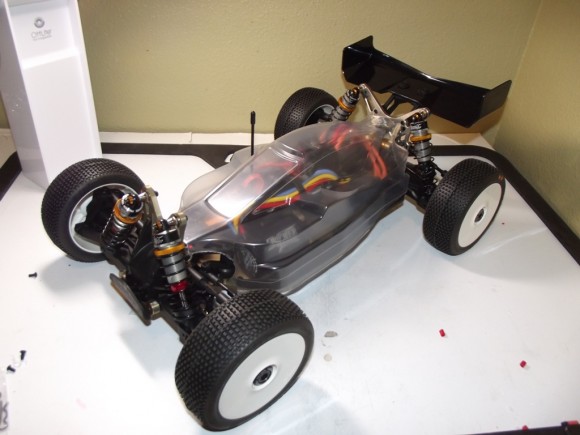
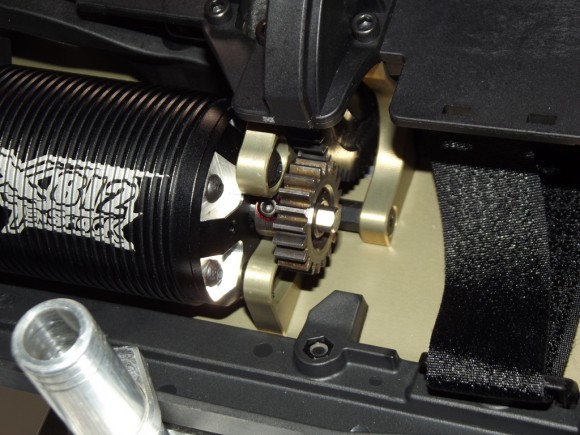
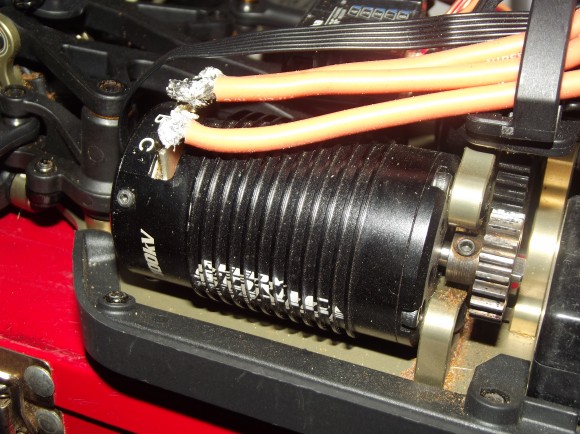
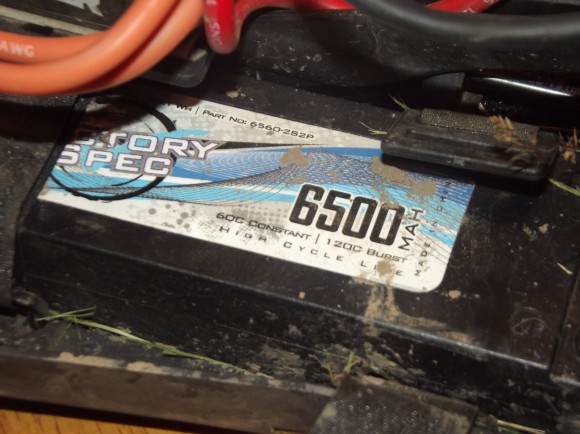
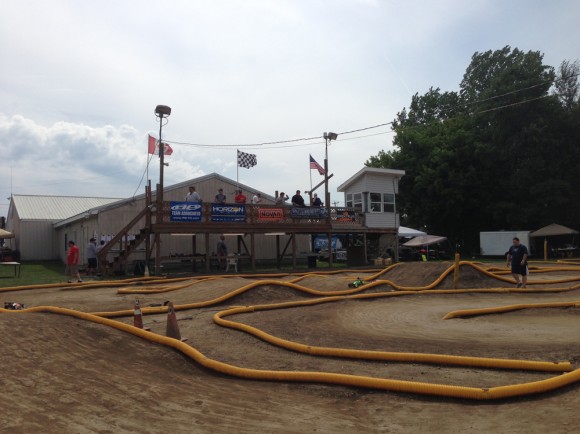
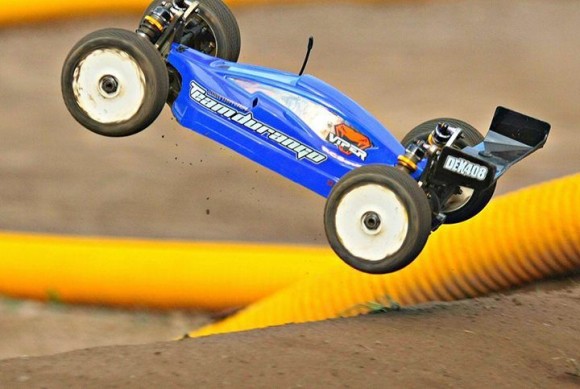
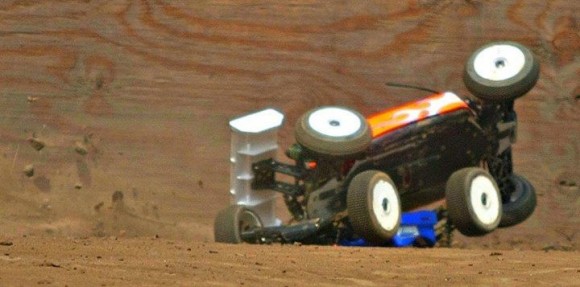
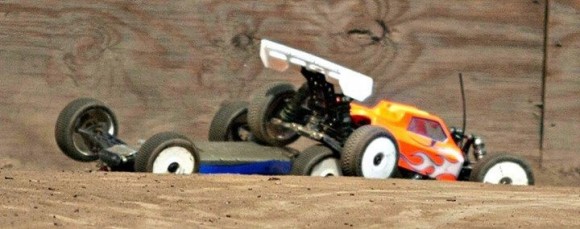
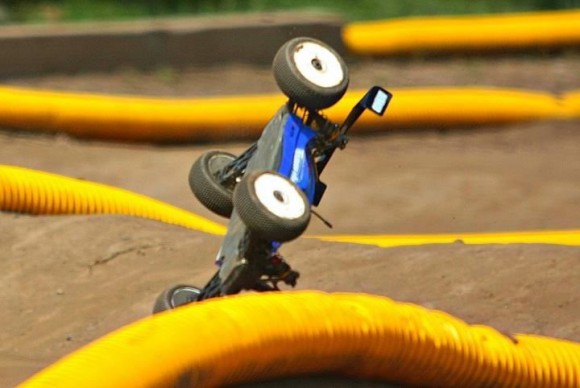
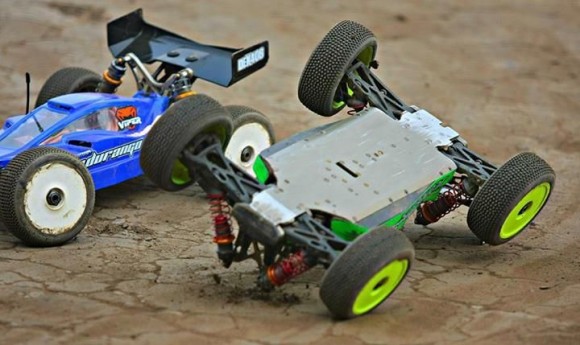
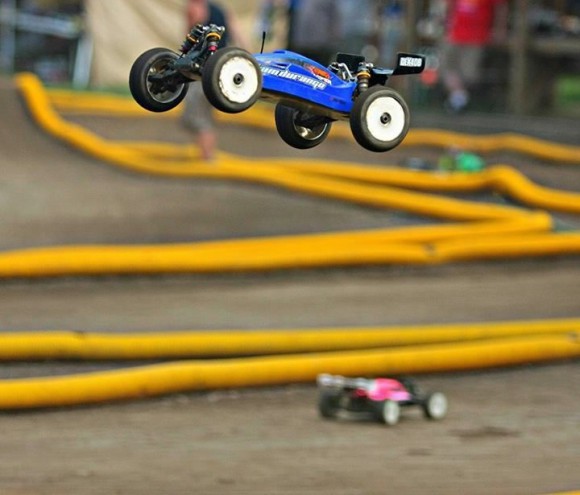
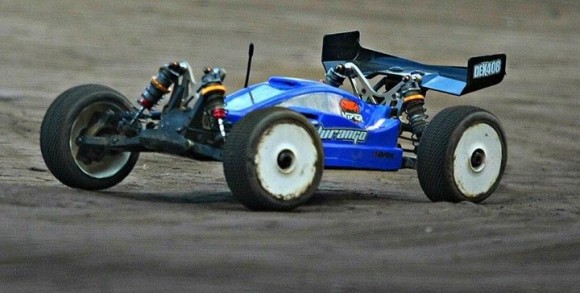
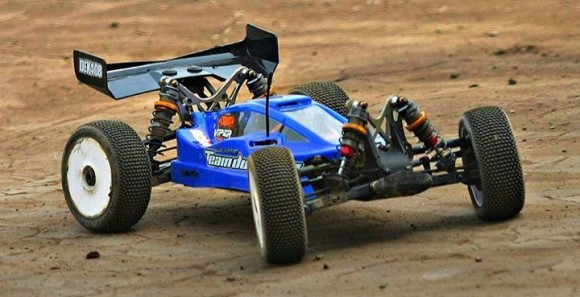
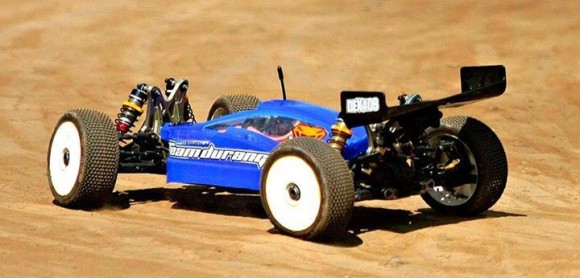
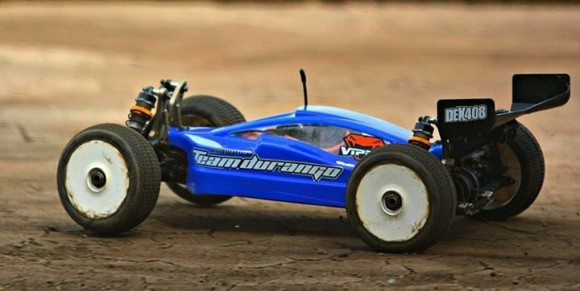
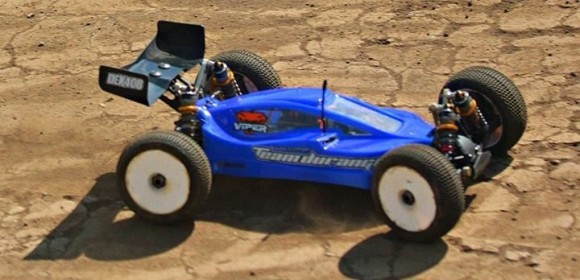
 Posted in
Posted in  Tags:
Tags:
DUDE! Learn how to solder! I mean seriously, get someone to teach you properly!
It looks worse than it was. I used too much solder but the connection was solid so I left it.
To you point though, I do suck at soldering. Ask Kevin, he laughs at me about it lol
[…] Finally posted our review of the DEX408. Just in time for the V2 to come out lol. Check it out here. __________________ http://www.rcsoup.com – R/C Reviews, News, and Tips <<- PM Me if you'd like […]
[…] VTX8, 1/8 ESC. I purchased this ESC to run in our Team Durango DEX408. Here’s the build and review of that […]